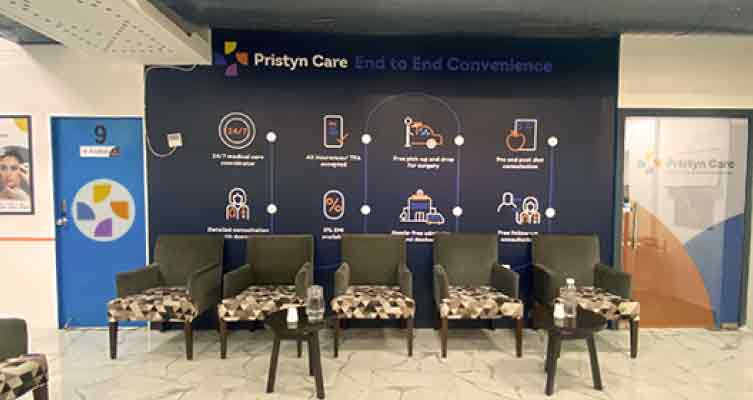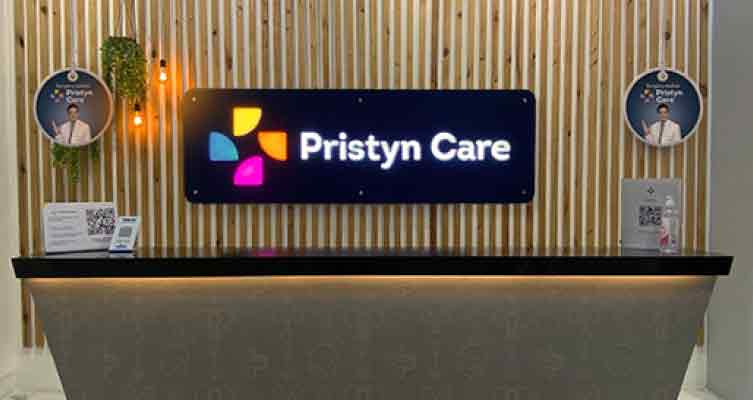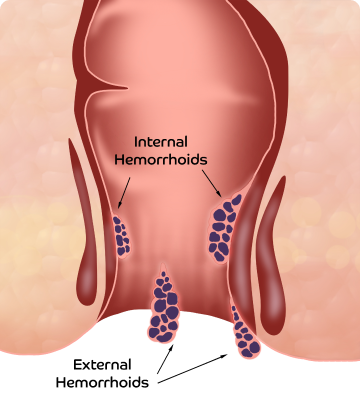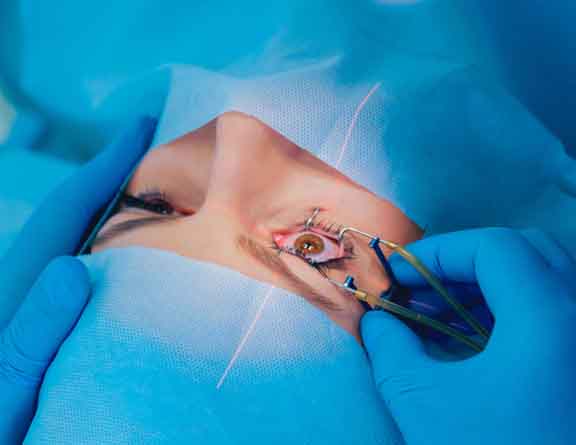What are the advantages of LASIK surgery?
LASIK surgery is considered to be one of the best and highly effective eye treatments for vision correction.
- The individual can restore complete vision on the same day of surgery
- No need for hospitalization
- The surgery is completely safe
- The procedure is quick and minimal pain
- No stitches are involved
- The outcomes are as expected
- Freedom from wearing eyeglasses and contact lenses
- Further adjustments can be made if required
Due to all these benefits, more and more people who suffer from blurred vision are opting for LASIK surgery to resolve the problem and get long-lasting results.
Tips to Prepare for LASIK Eye Surgery
- If you are an eligible candidate for LASIK surgery, the eye specialist will advise you to follow the tips below and to take some precautions to ensure that there are no complications during the procedure and your eyes respond well to the treatment. These tips include:
- Stop wearing the contact lenses before having LASIK. If you wear soft contacts, you’ll have to stop at least a week before the surgery. And if you wear hard contacts, you will have to stop wearing them at least a month before the procedure. This is important because wearing contact lenses can alter the shape of the cornea and affect the results.
- Wear loose and comfortable clothes as you’ll be undergoing surgery in those same clothes. It is important that you follow this advice and wear clothes that are appropriate to wear in the operating room as well.
- Ask your friend or family member to drive you back from the surgery center. Though you won’t be asleep during the procedure, the anesthesia will still have some lingering effects. Therefore, it is not safe for you to drive yourself.
- Avoid wearing any makeup, perfume, or lotions on the day of surgery as these products act like contaminants for the face.
- Do tell your surgeon about your medical history and any medication you are allergic to. This may impact the outcome of the surgery and the precautions you’ll have to take after surgery.
What are the different types of LASIK surgery?
As there are different types of LASIK eye surgery available, patients often have a hard time determining which laser procedure is the best for the eyes. LASIK itself is a type of refractive surgery that is performed with the help of a laser. People have heard many names for LASIK, such as Femto LASIK, Contoura LASIK, Smile, etc.
However, you should understand that the primary difference between these types of surgeries is the type of laser used. It is either an excimer laser or a femtosecond laser that is used to carry out the procedure or the technique is slightly different.
But there are many other types of refractive surgeries that can help a person to correct vision problems. These different types of vision correction procedures are:
- LASIK- It can help to treat myopia, hyperopia, astigmatism, and presbyopia. LASIK is one of the most popular refractive surgeries and comes under blade-less procedures as a laser is used to cut the corneal flap.
- PRK- Photorefractive Keratectomy was the first technique that involved using lasers to correct vision problems. It can help to treat myopia, astigmatism, and presbyopia but not hyperopia. The key difference between LASIK and PRK is that it is done by removing the outer layer of the cornea, whereas, in LASIK, only a small flap is created and lifted to reshape the cornea.
- ASA- Advanced Surface Ablation is similar to PRK but uses Zeiss excimer laser to ablate the cornea and reshape it to provide clear vision. It can treat myopia, astigmatism, and presbyopia.
- LASEK- Laser-Assisted Subepithelial Keratomileusis is also similar to PRK. But unlike PRK, where the flap is created and removed, in LASEK, the flap is created and pushed to the side of the cornea where it remains attached to the eye. After surgery, the flap is repositioned and a bandage contact lens is placed on the eye to keep the flap in place as it heals. It can be helpful to treat myopia, astigmatism, and presbyopia. But you should know that LASEK is not USFDA-approved.
- EPI-LASIK- Used for correction of myopia, astigmatism, and presbyopia, EPI-LASIK is another variation of PRK. The flap of the outer layer of the cornea is created with the help of a special tool called an epithelial separator. It is also not approved by USFDA.
- LBV- Laser Blended Vision is a technique that helps to correct presbyopia only. It treats the dominant eye for distant vision and the non-dominant eye for near vision. It is a US FDA-approved technique.
- SMILE- SMILE stands for small incision lenticule extraction, which is a new blade-free technique that uses a femtosecond laser to create a lenticule shape in the corneal tissue. The lenticule size and shape are adjusted to correct the refractive error of the patient. It is not approved by the FDA for myopia of less than 1 Diopter and neither for astigmatism or hyperopia. Therefore, it can only be used to treat high myopia.
Other than these techniques, there are other laser-based procedures that can correct refractive errors and treat other eye disorders like cataracts, glaucoma, diabetic retinopathy, etc.
Recovery & Post-Surgery Care After LASIK
You should understand that undergoing LASIK surgery is not enough to get the desired results and correct all the vision problems effectively. The most crucial thing is the recovery period. In the first few days, your eyes will itch, feel gritty, burn, or become watery. Your vision may also take 24-48 hours to stabilize. And the corneal flap will take even longer to heal completely.
The complete recovery time after LASIK is around one month, during which you’ll have to take many precautions and follow the doctor’s advice strictly. If you don’t follow the doctor’s instructions, there is a possibility that your final outcome of LASIK won’t be exactly what you hoped for.
Here are some common post-surgery care tips that will help you to recover quickly and get the best results from LASIK:
- Do not touch or rub your eyes as it can cause irritation
- Apply eye drops as directed by the doctor for faster healing and to reduce side effects like dry eyes.
- Get the right eye protection device to keep dust, dirt, and even strong light away from the eyes.
- Try to avoid direct sunlight and artificial light as well. Stay in the soft and dim light that soothes your eyes.
- Avoid heavy exercises and all kinds of sports activities until your eyes heal properly.
- Avoid soap for the first few days completely and don’t take showers or hot tub baths as well.
- Give enough rest to your eyes and keep them away from the digital screen in the first week as much as possible.
- Avoid wearing makeup, cream, or any other products with chemicals, including face wash.
- Take follow-up with your eye doctor to monitor the eye’s recovery and to detect signs of potential complications.












.svg)









